I’ve had to answer this question from young hunters just learning the ropes several times and unfortunately the answer isn’t always an easy one.
The reason for this is that choosing your first shotgun isn’t just a question of specifications and price, it’s also a question of feelings that often we attempt to contextualize and confirm in a gun’s specifications alone.
So, once you’ve bought and used the gun you might realize it’s not exactly ideal for the type of hunting you want to do, and it doesn’t give you the thrill you thought it would.
Therefore, we won’t be telling you to buy one gun instead of another. What we will do is give you some advice on how to choose the best shotgun to suit your needs.
If you’re just starting, choose an “all-rounder” shotgun
By an all-rounder we mean a shotgun that you can use, at least while learning, for various types of hunting, from hunting sedentary game to hunting in the valleys or even hunting quite big game.
A first shotgun that’s extremely versatile will let you easily discover which type of hunting you prefer, and above all by hunting with the same gun you’ll get to know it well in a variety of different situations, learning to trust it and getting great satisfaction out of using it.
It’s essential for a novice hunter to feel at ease with their first shotgun, and to do so you have to “experiment”.
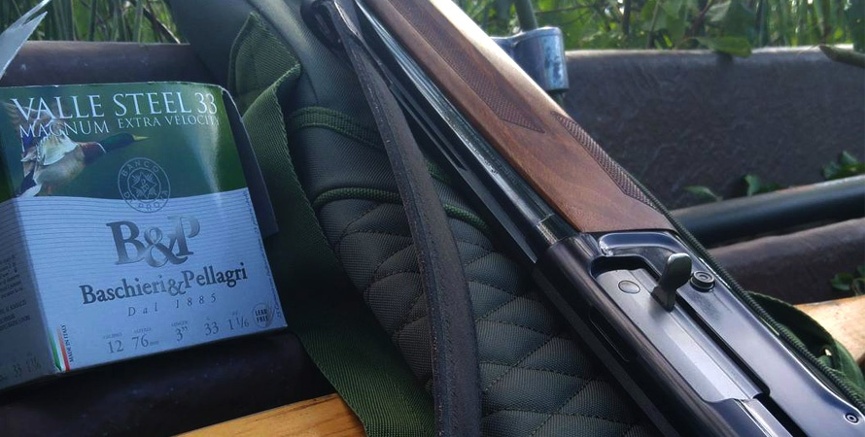
The Browning Auto 5 in 12 GA. is a great all-rounder shotgun for beginner hunters.
One common error made by many hunters “finding their feet” is to focus on which is the best shotgun in terms of price and features, leaving aside the fact that the reason for owning a shotgun in the first place is to get great satisfaction out of using it and experience the thrill of shooting every time you’re out on a hunt.
The key words when choosing your first shotgun and therefore versatility are simplicity. The price is of secondary importance as there’s a wide range of smooth bore shotguns available so you’ll easily find the best solution.
Let’s start with the bore size: which gauge should you start with?
Without a doubt, a 12-gauge is the best choice for many different reasons, so let’s see why:
-
Ammo of various types, load weights and pellet sizes readily available everywhere
-
Availability of shotguns in a wide range of different prices, both new and second hand
-
A good choice of second hand guns often in excellent condition
-
In ballistic terms this gauge is perfectly suitable for all types of hunting, including boar hunting or hunting the most difficult and challenging migratory game
-
Easy to use on a firing range, where you can practice and easily find shells of every kind
The pro and cons of a 12-gauge
Many would say a 12-gauge is the ideal choice for someone just starting in the world of hunting.
This is the most widely-used bore size so it’ll be a lot easier to find just the right gun, perhaps even second hand, and you’ll have a wide range of shells to choose from.
Considering the technical characteristics, a 12-gauge guarantees power, precision and a generous spread that will help you hit your target. What’s more, when necessary, you can use slightly heavier pellet loads too.
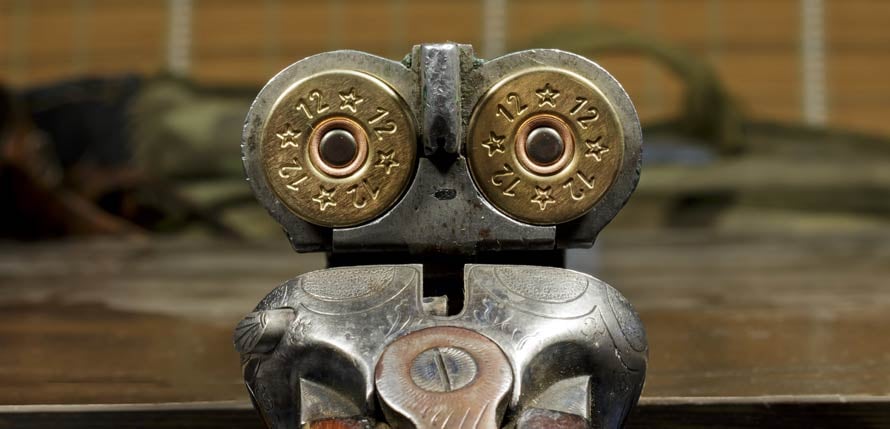
One problem with this bore size though could be its weight, which may be a major drawback in some types of hunting such as walked-up hunting for example. Finally, many hunters find it difficult to change from a 12-gauge to a smaller bore size like a 20-gauge.
This can’t really be considered a problem though. In fact, many hunters start using a 12-gauge and never feel the need to change to another bore size.
The pro and cons of a 20-gauge
As they’re lighter than a 12-gauge, 20-gauge shotguns have always been the preference of novice hunters and women. There’s a lot less availability and therefore also less choice with these shotguns, than a 12-gauge. The same is true for the ammo, which inevitably can only be found in a smaller range, offering less options.
From a ballistic point of view, the range of a 20-gauge is about 10% less than that of a 12-gauge. The smaller gauge makes up for this however by being lighter and easier to handle.
In fact, with a 20-gauge you can aim, acquire your target and take the shot a lot faster than with a 12-gauge. This reduces the difference in ballistic performance to almost zero.
One of the main and more tangible advantages of a 20-gauge is the considerable weight difference compared to a 12-gauge, often more than 500 / 600 grams. As there isn’t a lot of difference in ballistic performance, with the smaller bore size you’ll be able to walk through the mountains in greater comfort all day long.
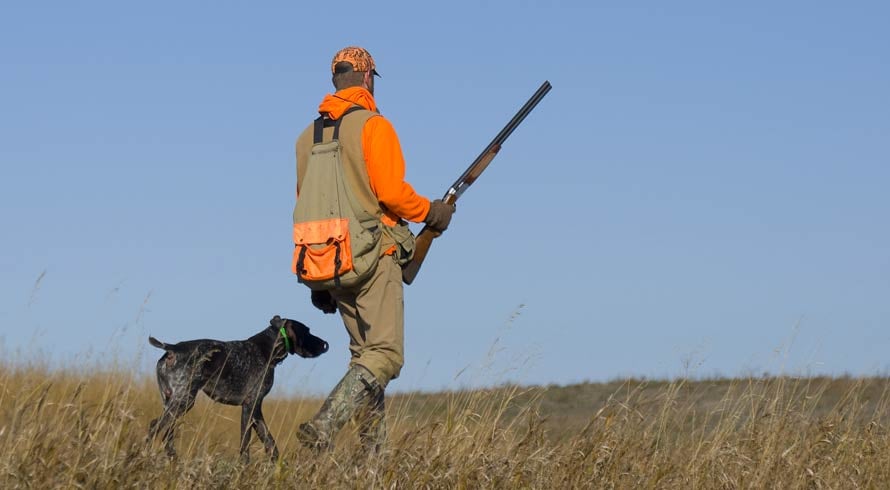
Today in fact, the wide range of 20-gauge Magnum shotguns and ammo use the same pellet weights as a standard 12-gauge and modern 20-gauge Magnum semiautomatic shotguns. With both of these in fact you can use loads of up to 38 grams, and the range is all but identical.
My first hunting shotgun: automatic, over-under or side-by-side?
I can say straight away that there’s really no rational answer to this question.
In fact the choice depends on many subjective factors and essentially will be determined by personal preferences and the type of hunting you’ll be doing.
In general, automatic shotguns, or semi-automatic shotguns to give them their proper name, will be easier to find in gun shops and also easier to customize in terms of barrel and choke changes.
It’s also a lot easier to adapt and align the stock on a semi-automatic than on a side-by-side or over-under shotgun.
The main advantage of semi-automatic shotguns is without a doubt the possibility of having more shots available before you have to reload, a factor that can sometimes make all the difference in some hunting scenarios such as when hunting migratory waterfowl or on the ground and boar.

The semi-auto shotgun Beretta A 300 Outlander can be a great shotgun for different types of hunting. From big game to waterfowl hunting.
A side-by-side or an over-under, like all break-action shotguns, are safer and easier to use. When getting past obstacles like ditches, hedges or fences, simply breaking the gun makes it safe and comfortable to carry, but still ready to fire as soon as it’s closed again.
On break-action shotguns, it’s essential and absolutely necessary to choose the right barrel length and chokes for the particular type of hunting. There’s really very little difference between the two guns, mostly down to experience when shouldering the gun and swinging-through.

A side-by-side has a broader sighting-plane due to the layout of the barrels, suitable for fast point shooting, particularly useful when hunting in woodland or places where there are a lot of obstructions.
But an over-under has an optimal barrel layout and is less affected by recoil. The lower barrel or first barrel is almost always in line with the stock and hinge pins of the gun, and this reduces barrel rise when taking the shot, making the gun more stable so it’s quicker to get back on target for the second barrel.


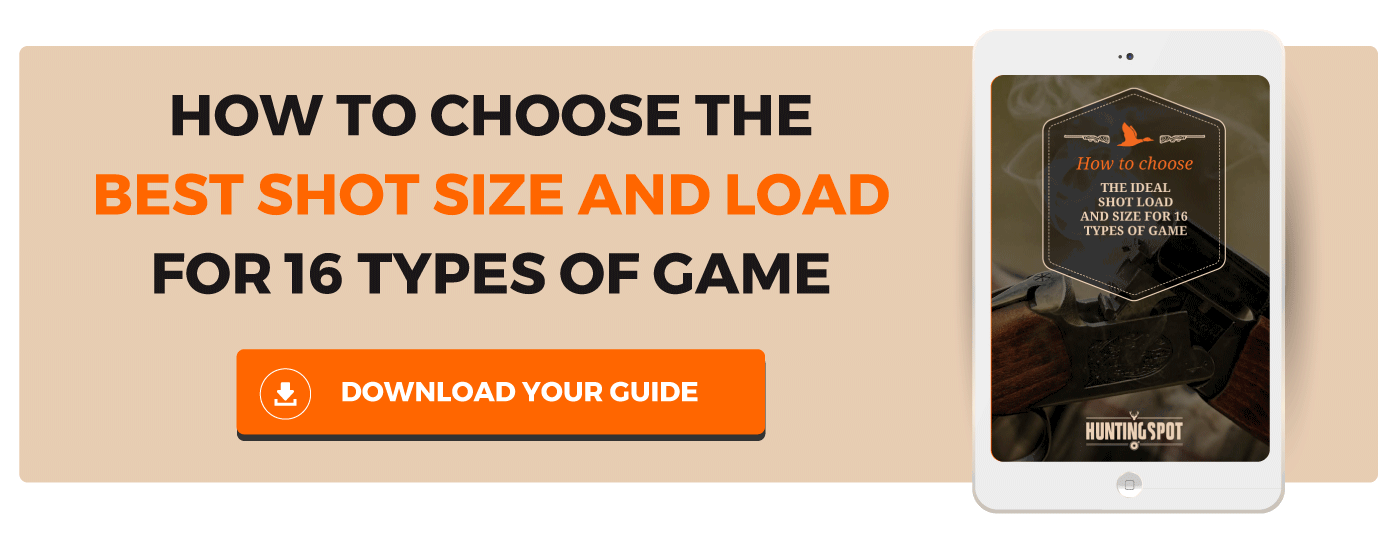

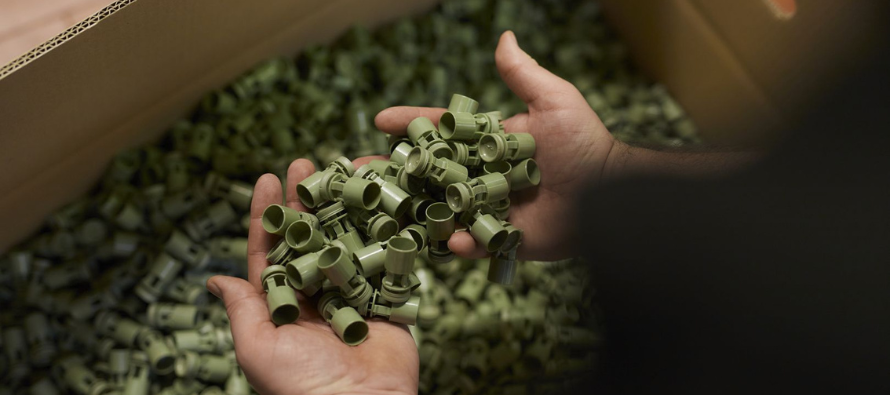

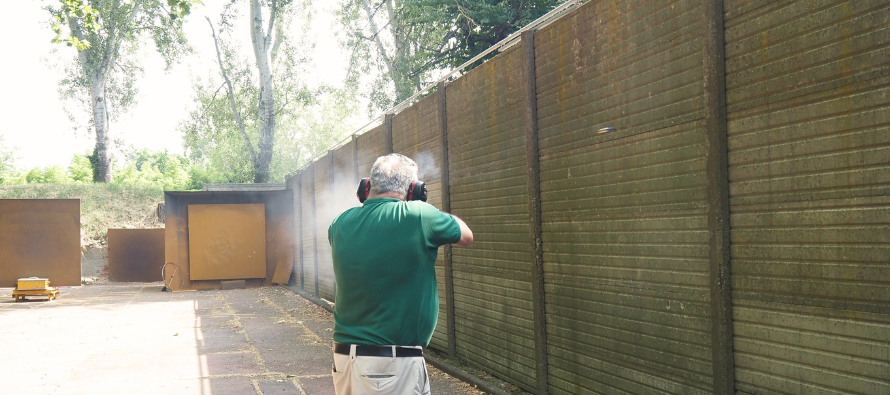
Comment this post